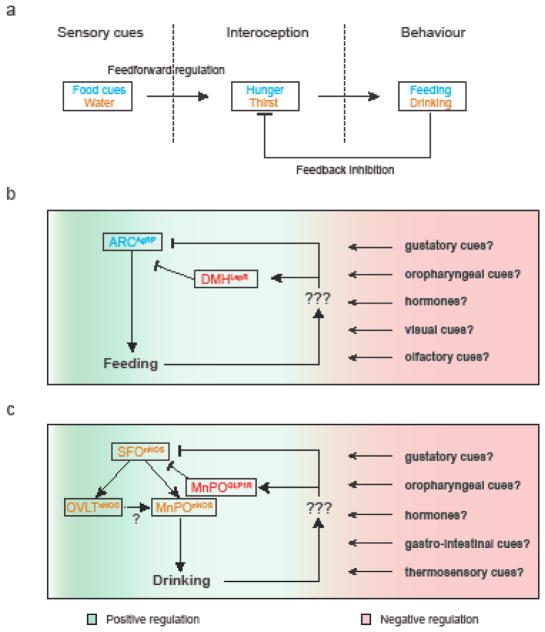Figure 2. Anticipatory nature of hunger and thirst regulation.
a) A schematic of feedforward-feedback regulation of thirst and hunger. Sensory cues and food ingestion (hunger), or liquid drinking (for thirst) directly modulate the interoceptive circuits. Feedback and feedforward signals help optimize the amount and timing of ingestion on a real-time basis.
b) Hunger interoceptive neurons in the arcuate nucleus (AgRP neurons) detect energy deficits and drive feeding. A number of peripheral signals modulate the activity of AgRP neurons. Leptin receptor-expressing neurons in the DMH are the only known neurons underlying this feedforward regulation[89].
c) The excitatory neurons of the lamina terminalis (composed of the SFO, MnPO and OVLT), marked by nNOS, form a hierarchical circuit to process thirst. Thirst interoceptive neurons (SFOnNOS and OVLTnNOS) respond to deviations in body fluid balance and convey this information to MnPOnNOS neurons. SFOnNOS neurons are also rapidly modulated upon water intake. The inhibitory MnPOGLP1R neurons are activated by drinking (gulping) action, which monosynaptically inhibit SFOnNOS neurons of the SFO[65].
AgRP, Agouti Related Peptide; LepR, Leptin Receptor; nNOS, neuronal Nitric Oxide Synthase; GLP1r, Glucagon-like peptide 1 receptor; Arc, Arcuate Nucleus; DMH, Dorsomedial Hypothalamic Nucleus; SFO, Subfornical Organ; OVLT, Vascular Organ of Lamina Terminalis; MnPO, Median Preoptic Nucleus

